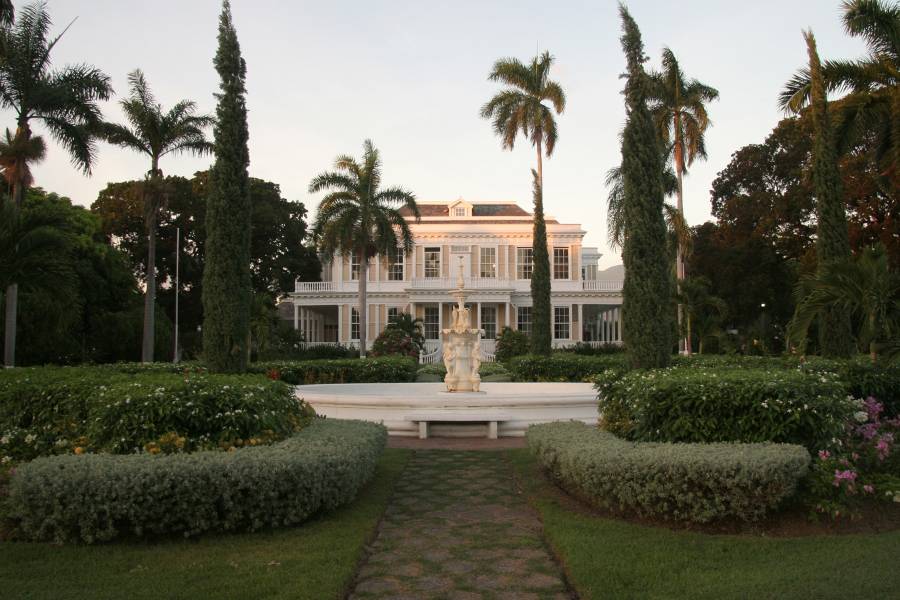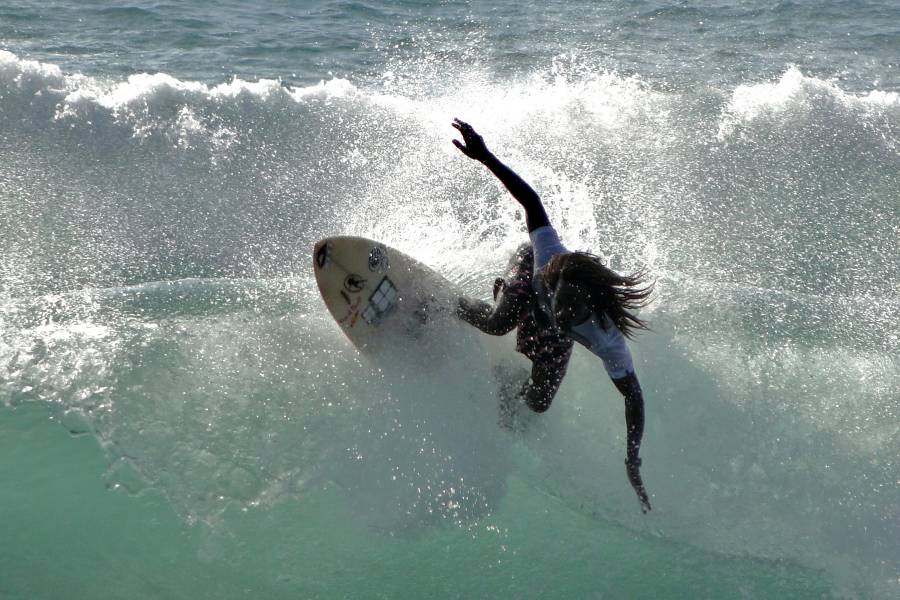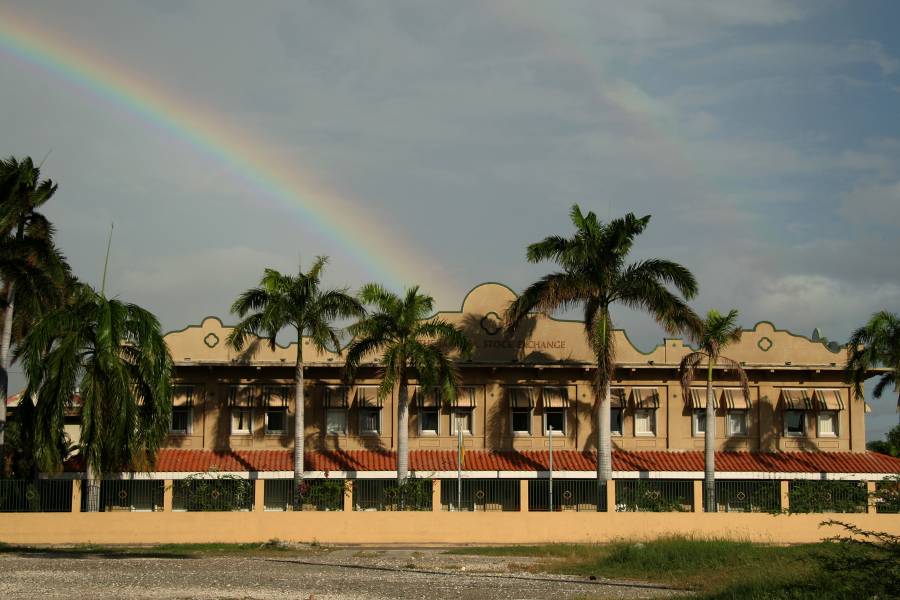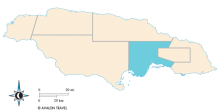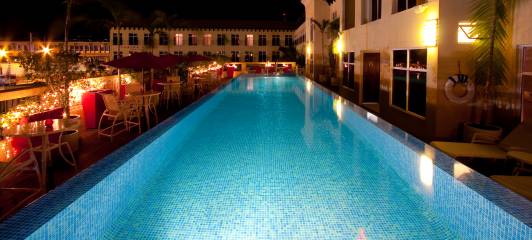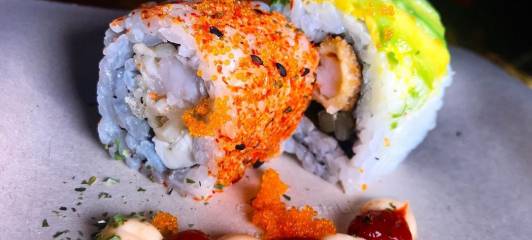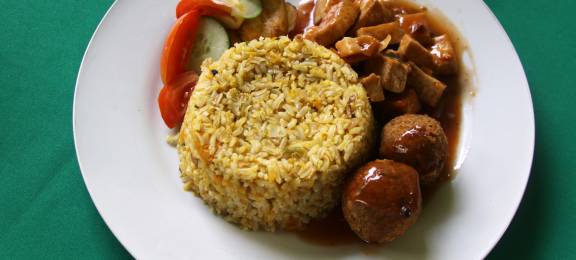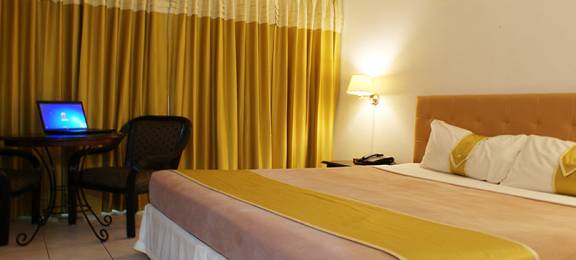Hope Botanical Gardens (just below University of Technology on western side of Hope Rd., 6 a.m.–6:30 p.m. daily, free admission, parking US$1.50) was founded in 1873 and is owned by the Ministry of Agriculture. The park is managed by an NGO, Nature Preservation Foundation. It's a great place to hang out in the shade of a bombacacea tree or picnic on the grass. A diverse collecton of flowering and non-flowering exotic and endemic plants isn't as well labeled as it could be.


